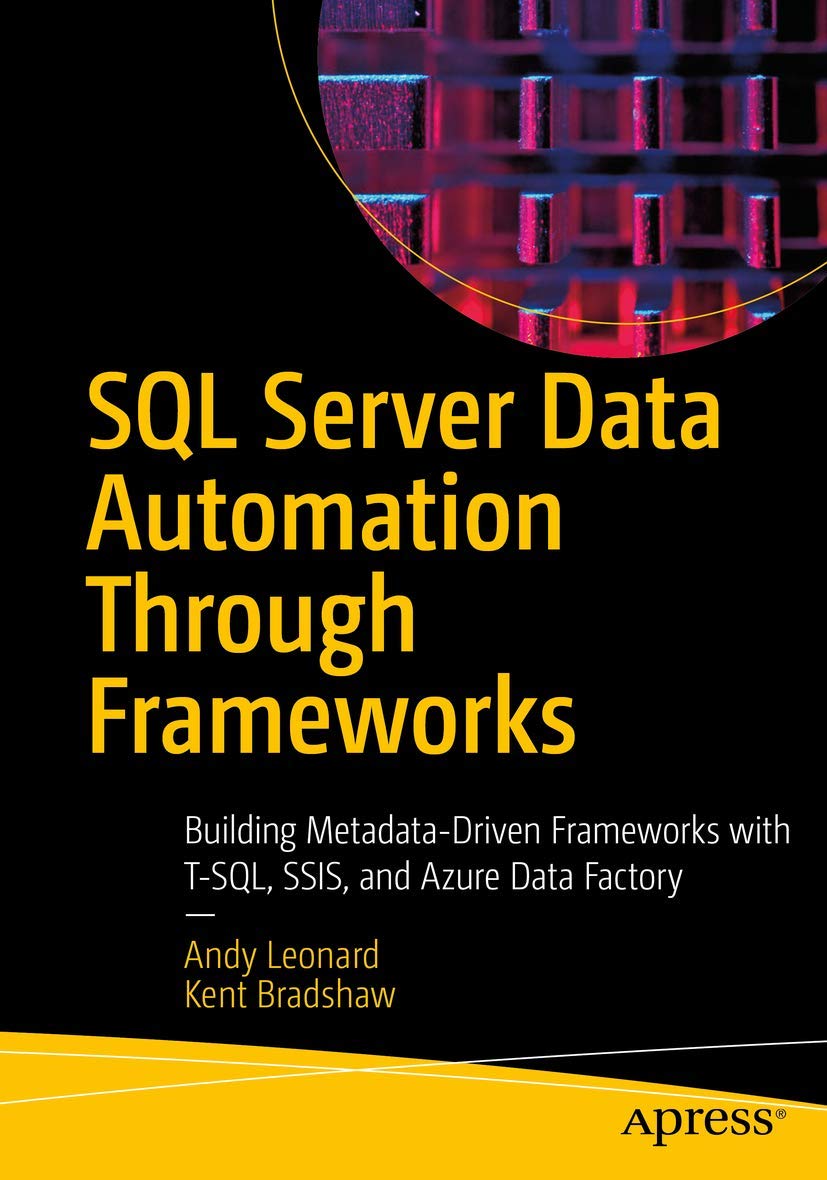Customer Services
Copyright © 2025 Desertcart Holdings Limited
Desert Online General Trading LLC
Dubai, United Arab Emirates


SQL Server Data Automation Through Frameworks: Building Metadata-Driven Frameworks with T-SQL, SSIS, and Azure Data Factory
Y**Y
Respectfully, this book is little more than a hard-copy blog post ...
I am returning this book because it is not what I expected when I read the title and description. Beyond this, there are several issues with the approach taken and the coding itself that I won’t get into here because they are subjective; folk will leap in and (rightly) point out that coding styles, standards and practices are as diverse as the community. I will point out two things that should be objective enough to justify the 1-star review and return:1) In Part II, the text gets into discussing the SSIS ‘framework’ and it mentions that we’ve had a built-in solution since SQL Server 2012 (that is, the Integration Services Catalog and [ssisdb]); individual, package-based management / deployments to the file system (though supported, for now) is deprecated and discouraged. But then the text proceeds to demonstrate how to build a framework for such deprecated solutions. Seems a lot more work to go down the path in the text than it is to migrate one’s SSIS solutions into projects and then into the IS Catalog, proper, particularly since one of its justifications is the assumed, low package count managed by the audience. This section may be of more value to those still on pre-2012 SQL Server versions; that said, if that is the intended audience, I question its inclusion in a text released late in 2020.2) Some of the breadcrumbs the text leads us with to justify the logic behind these sproc and ssis solutions seems rather weak given the modern approaches and capabilities of SQL Server. It gave me the impression that this book is targeted at a junior developer / dba stuck in the misfortune of managing pre-2012 SQL instances. Additionally, there is copy / paste content that is unfortunate in a technical manual which is aimed at professionals (e.g. Pages 207 and 241).Overall, this book is a disappointment; I fully admit that part of this is due to my own misunderstanding of its content and, apparently, target audience. Beyond the subjective issues of coding style and modern architecture the book objectively falls short given its stated intent is for database professionals. It seems to me no better than a 383 paged, indexed series of blog posts. As that sort of content is free, I cannot justify the purchase price. Returned; 1-star.
Trustpilot
4 days ago
3 weeks ago